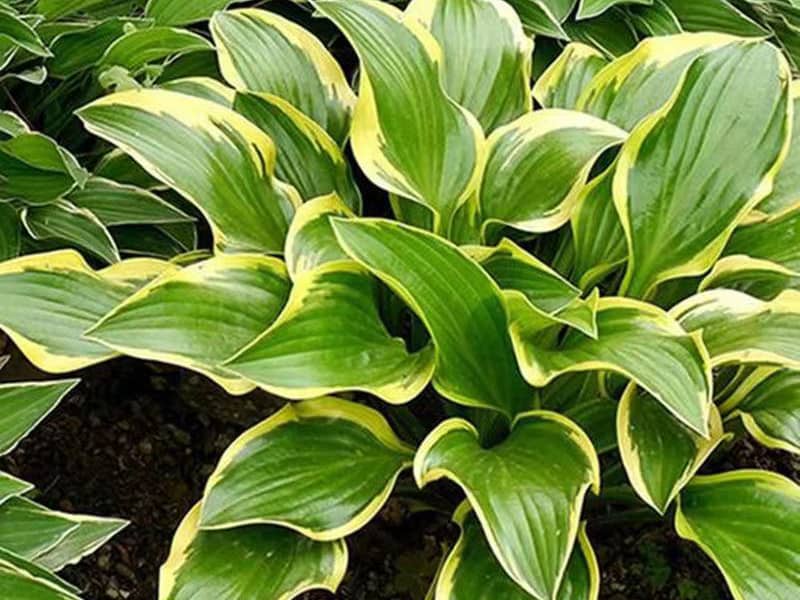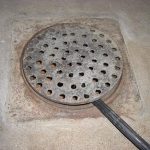In southeast and south-central China, Fragrant Lilly is a natural plant known as Hosta plantaginea. It grows in lower elevations in temperate and subtropical mountain forests in the herb layer. Records for this species date back to 1784, making it the first specie to be found in Europe. In 1790, England received its first live plant imports. It is the father of several scented hybrids and various variegated sports.
Fragrant Plantain Lilly Care
You will need to consider several elements for caring for Fragrant Lilly, like your geographical location, where you grow your plants, how much time you have to commit to caring for them, and many others. Then you can choose the best cultural practices for you and your plants.
Sunlight
In the shade, Hosta Plantagenea thrives. It needs some sun to produce its beautiful, fragrant, big blooms. It grows best with 5 to 6 hours of sunlight each day. The fragrant blossom grows with the assistance of the morning sun and some afternoon light.
Soil
The best soil for Fragrant Lilies is one with a pH that is somewhat acidic and is rich in organic matter. Given the right container size, regular watering, and feeding, the plant can be cultivated successfully in pots or containers without planting for up to three years or more.
Water
Water is necessary for the healthy growth of Fragrant Lillies. It is advised that plants receive at least an inch of water every week, which might come via rain, sprinkler, or hand watering. Due to the greater drainage that sand conditions offer, plants growing in sandy loam may require even more water. Generally, when water is applied at a rate higher than the minimum advised, the most growth occurs. It’s strongly advised to water frequently in the morning. The soil also needs to be examined to ensure there is no runoff. A thorough watering will guarantee healthy root growth.
The plants will become dormant if they don’t get enough water. The plant withered, then began to brown, eventually losing all of its leaves. This is how your plant saves energy and guards the crown against degeneration. However, rot might develop if the soil is consistently wet. When plants emerge from hibernation in the spring and start the dormancy process in the early fall, this is the most crucial period to water regularly for good growth.
Temperature and humidity
From USDA Hardiness Zone 3 (-40°F minimum) southward to zone 9 (20°F minimum), fragrant plantain lilies thrive. It requires a period of cooler temperatures, which become a lovely yellow before going dormant. The main limiting elements are a lack of winter temperature and dry weather, such as in western deserts.
Fertilizer
A balanced granular fertilizer, like 10-10-10 or 5-10-5, can be applied early in the spring, again six weeks later, and again in the middle of the summer. These applications would usually be submitted in the middle of May, early April, and mid-July.
Many gardens do not require extra fertilizer if a soil sample reveals that the soil contains enough of the required nutrients. In this situation, a yearly compost application over the bed in the fall is typically sufficient.

Fragrant Plantain Lilly Propagate
After three years, the fragrant plantain lily starts to develop its mature qualities, and at five years, it should be fully developed. By dividing existing plants, it can be easily propagated. Some growers choose not to divide the Fragrant exhibit Lilles because, if left undisturbed, they get more beautiful with each passing year.
Pests diseases and Plant diseases
Pests Diseases
Snails and slugs are the pests that the plant will encounter most frequently. The two ideal months to bait are October and February since there is typically a warmer, drier period in those months whenever the slugs come out in search of food and lay eggs. This will dramatically boost the death rate for the season. When using slug bait, consider your pets.
Deer may also test the plant when foraging. When deer consume the plant, they seem to favor Fragrant Lilly with weaker leaf tissue. There are numerous deer repellents & methods for keeping them away.
Plant Diseases
Concerning viruses, a new and significant problem in Hosta’s growth is that the foliage may exhibit uneven mottling, yellow ringspot, or tiny yellow spots or dots on the leaves as symptoms. If there is a virus, removing the plant and sanitizing the planting equipment for hosta is best.
Simple to cultivate and long-lasting host Plantain lilies are perennials that prefer shade and are highly valued by gardeners due to their beauty and lovely foliage. These low-maintenance foliage plants that are native to eastern Asia, look great in shaded places and complement other shade perennials. Hope you find this information useful, and you have a memorable journey while growing this succulent. Best of luck!!




